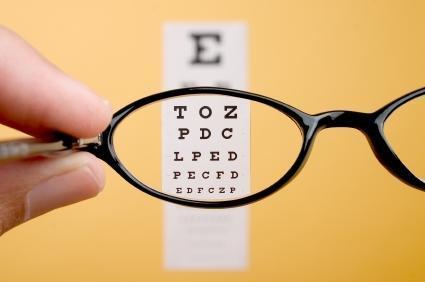What are Bilateral Cataracts?

The lenses of healthy eyes are usually clear. Cataracts occur when a person's lenses become cloudy and opaque. Cataracts can affect both eyes at the same time, called bilateral cataracts. Bilateral cataracts are very common, but cataracts must occur on their own and cannot spread from one eye to the other. Therefore, the rate of cataract development in one eye may be different from that in the other eye.
The lens, which helps in focusing light, is found at the back of the iris and pupil. The presence of cataracts deflects light as it enters the lens, leading to unclear vision. Cataracts grow thicker with time, causing vision damage to progress.
Although other health issues such as diabetes cannot be overlooked, aging is the major cause of cataracts. Eye surgery is the best remedy for cataracts treatment.
Signs and Symptoms
The most noticeable symptom associated with cataracts is unclear sight. It is also the most easily detected symptom, as people who have cataracts usually notice some degree of blurred vision. If they do not, it can be difficult to self-diagnose cataracts because they are not normally painful. Other symptoms of cataracts are:
• Poor nocturnal vision
• Seeing white rings around lights
• Faded or yellowed appearance of colors
• Double vision
• Frequent change in eyeglasses/contacts prescription
It is important to consult your physician if you have these symptoms commonly associated with cataracts.
Diagnosis
Cataracts are normally detected through an eye checkup that may involve:
• Visual acuity test, including an eye chart for testing your sight from a distance
• Eye dilation exam to check the inner eye
• Tonometry to measure eye pressure
• Slit lamp exam to check the different parts of the eye and identify possible defects
Is Surgery for Bilateral Cataracts Dangerous?
The risk of infections in patients who undergo surgery for cataracts has decreased since it was first performed, from about 0.5% in the 1970s to at most 0.001 today. This is an indication that a patient who receives double and simultaneous eye surgery has only a miniscule risk of at most 0.000001% of people who do become infected. Some calculations show even lesser risk, possibly of 0.0000005%. It is important to note that no cases of infection in patients with bilateral cataracts have ever been reported when the current treatment guidelines have been followed.
The Importance of Bilateral Cataract Surgery
Bilateral cataracts surgery is important because it can restore a patient's eye health after only one procedure. Patients need to be put to sleep by a general anesthetic. Because this surgery can provide restoration of vision within a short period of time, patients can spend less money and experience less interruption of their daily lives. During cataracts surgery, a surgeon replaces the natural eye lenses that have been affected by cataracts with intraocular lenses. This may even limit the need for glasses or contacts in some people. If you use strong lenses, you may want to stop using them after surgery. However, patients who have cataract surgery on one eye may find it very uncomfortable to see naturally with one eye while the other one is sightless. Patients who undergo simultaneous bilateral cataract surgery make both eyes able see again without eyewear.
Prevention
The following lifestyle choices can reduce your risk of developing cataracts:
- Avoid exposure to direct sunlight or wear sunglasses
- Incorporate green vegetable, fruits, and foods with antioxidants into your diet
- Manage and seek treatment of other health issues that may trigger cataract development
- Schedule regular checkups with an eye doctor
- People over 60 should have a dilated eye exam about once every two years
















